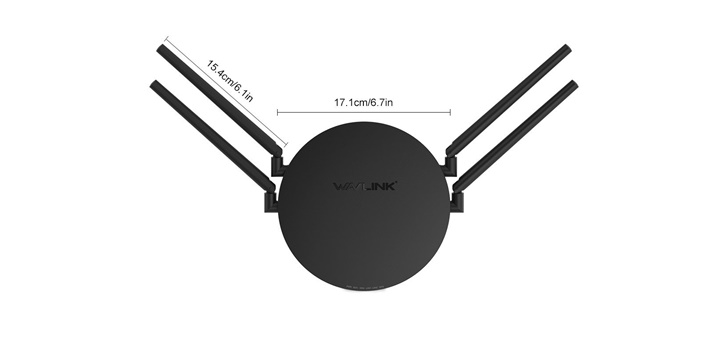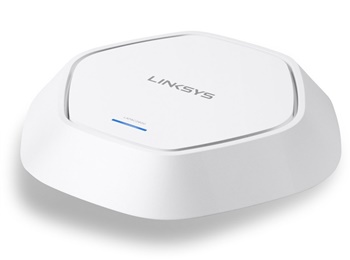A ThousandEyes Can Help You To Understand Your Apps Better
Cisco Live, the world’s largest network event, kicks off next week in Las Vegas. Every year at the conference, Cisco and many of its technology partners announce new products or features that hopefully capture the attention of Cisco’s customers.
ThousandEyes put some news out ahead of the event by announcing it uses Linux containers to run its network performance monitoring (NPM) software to track Cisco Integrated Services Routers (ISR) and Aggregation Service Routers (ASR).
In today’s cloud-first, mobile-centric digital world, almost all applications are highly distributed and are likely to pass through a Cisco router. In the late 1990s, Cisco touted that 90 percent of the world’s Internet traffic passed through Cisco routers. Today it’s likely that ALL traffic, internet and application, pass through these devices.
It’s often said that you can’t manage or secure what you can’t see. ThousandEyes addresses that by letting customers see what’s happening at a granular level by tapping into the network. The router is an outstanding platform for this, as all traffic that goes into and out of a branch office must go through the router. So, it’s the one platform that can be used to “see all.”
Last year, Cisco made it possible to run a container on its routers, which have long become a de facto standard for enterprise routing. ThousandEyes is taking advantage of this capability by deploying its software agent as a container on top of Cisco router operating systems. Customers can now get increased visibility and insight into the router, as well as the applications that pass through the router. This can be particularly useful for branch offices where it’s often difficult to deploy a probe or other type of monitoring tool.
Containers lighter than virtual machines
Cisco has supported virtual machines on its routers for a few years, but containers are a much lighter-weight alternative that requires fewer resources and can be deployed quickly without the complexity of requiring new hardware.
Given the rise of the cloud and distributed organizations, this increased visibility is critical in enabling organizations to deploy new applications in branches quickly and have a clear understanding of what impact that is having on the network and other applications.
ThousandEyes gathers data from two sources, the enterprise agents deployed on products like the ISRs and ASRs and cloud agents that are deployed in over 120 data centers located at various points around the world. The data is then aggregated and analyzed in the ThousandEyes console. Network managers can use this information to look for congestion points that cause a degraded experience, misconfigured devices, chronic problems or other factors that can hurt application performance.
The shift to containers should enable ThousandEyes and other monitoring vendors that rely on agents to deploy more agents in more places because containers are lighter than virtual machines.
Over the past few years, Cisco has made comments about becoming more open and embracing third-party solutions. The ThousandEyes partnership is an excellent example of how becoming more open will benefit Cisco’s customers. The increased visibility will help network teams see application traffic all the way to the branch office, a historical blind spot for network engineers.







